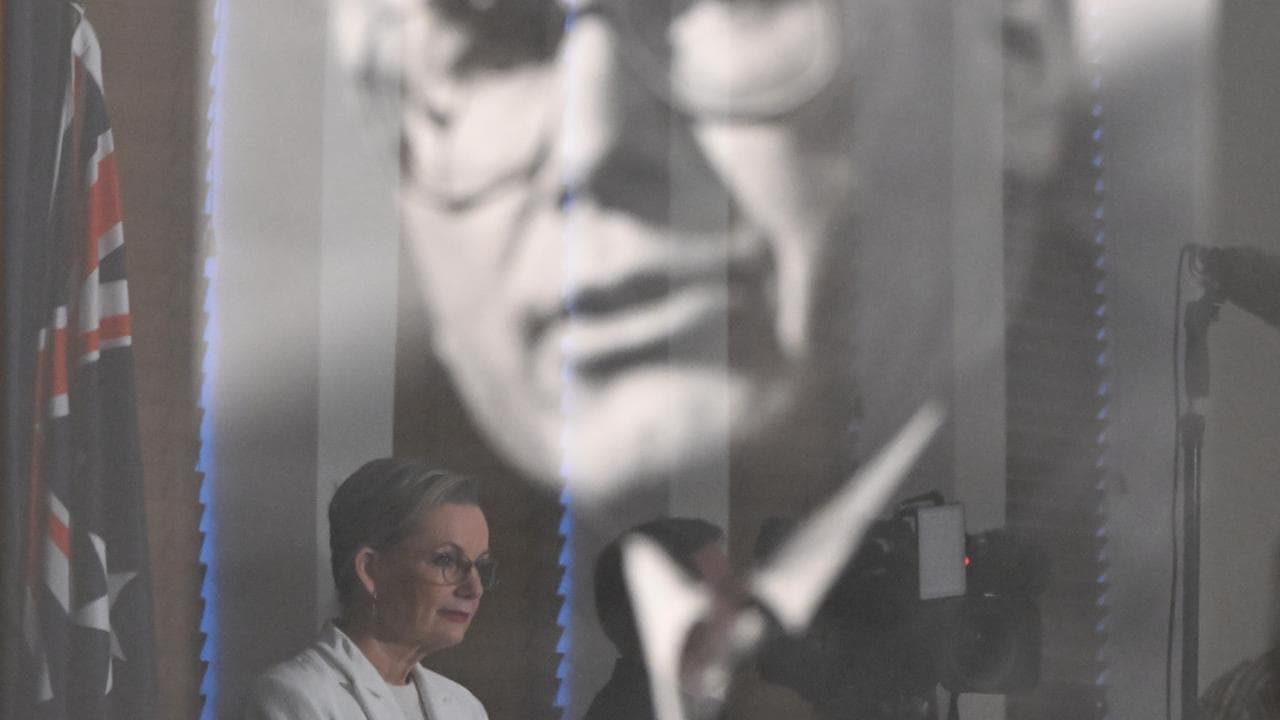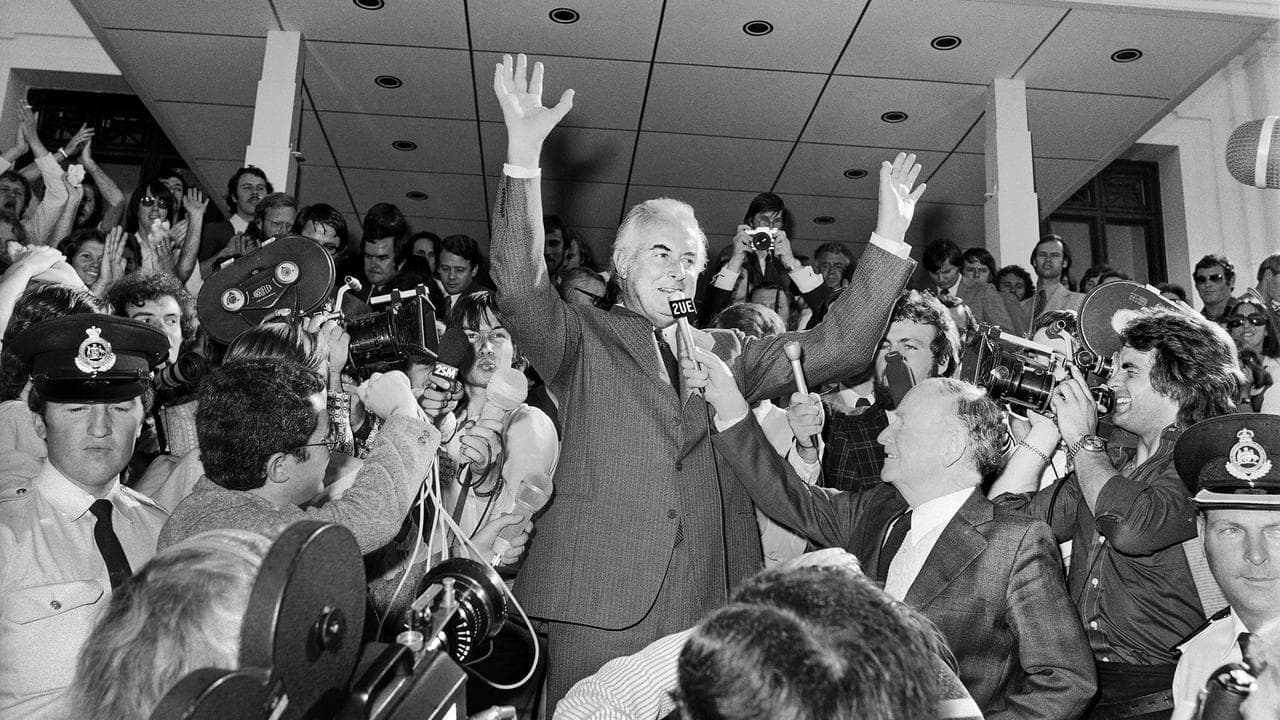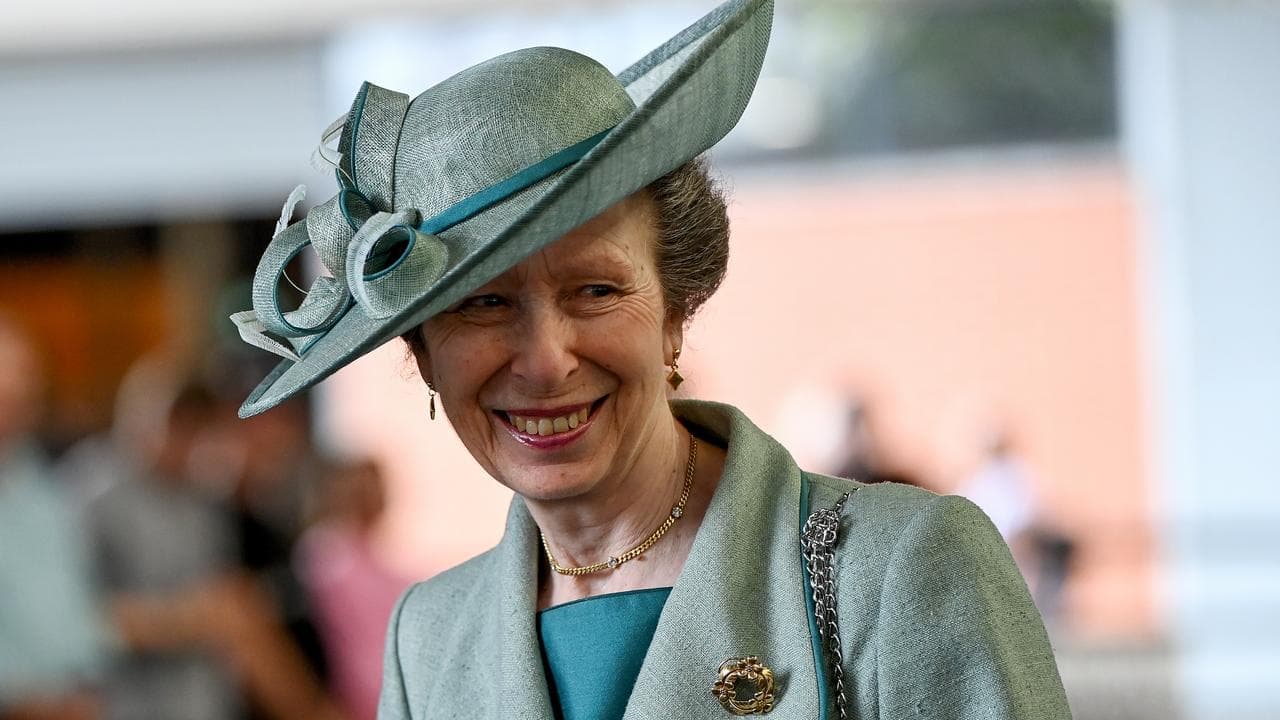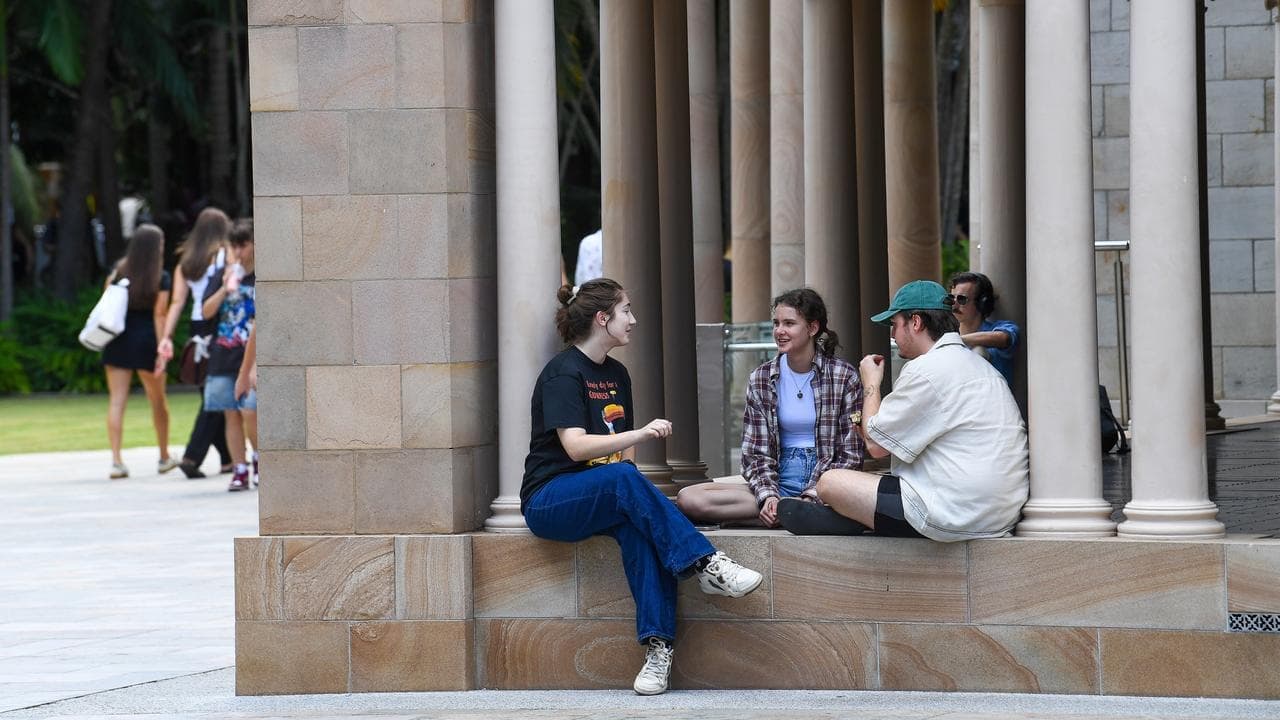WHAT WAS CLAIMED
Power bills have risen $1300 since Labor came to power.
OUR VERDICT
Misleading. The total relies on cherrypicked figures and does not reflect the increase for the majority of Australians.
AAP FACTCHECK - Opposition Leader Peter Dutton's repeated claim that household power bills have gone up by $1300 under Labor is misleading.
Most household electricity bills have increased by less than half that amount, with one energy expert describing Mr Dutton's total as a "very cherry-picked number" which would apply to less than one per cent of residential customers.
To arrive at the $1300 figure, the coalition has:
* Used an upper limit benchmark rate for the comparison, known as a default market offer (DMO), which few Australians are on.
* Chosen the DMO with the largest increase between 2021/22 and 2025/26.
* Added $275 to the end comparison bill, a reference to the amount Labor said it would reduce energy bills by.
* Not taken the government's energy rebates, which were at least $300 per household this financial year, into account.
Mr Dutton has made the claim more than a dozen times since mid-March 2025, including in a Facebook video featuring a clip from the first leaders' debate on April 8.
"If renewables are so much cheaper as the prime minister keeps telling you, why has he broken his promise of a $275 a year cut to your electricity bill, when in actual fact it's gone up by $1300 under this government," he said.
Mr Dutton repeated the claim during the ABC leaders' debate on April 16.

When Mr Dutton has made the claim in other instances, such as the Liberal Party website, he has included the qualifiers of "up to $1300 a year more than Labor promised".
However, sometimes these qualifiers are missing.
A spokesperson for Mr Dutton told AAP FactCheck the figures are based on the default market offer (DMO) price set by the Australian Energy Regulator (AER).
The DMO is an upper benchmark and sets the maximum annual amount consumers can be charged on default power contracts.
The AER sets different DMO prices for five different regions each year, which take effect from July 1. They are adjusted mainly in relation to wholesale power prices and network costs.
For each of the five regions, there are two DMO benchmark figures: One for controlled load tariffs and one for uncontrolled load tariffs.
The latter is for customers who have a high-energy appliance, like an electric hot water system, that's on a dedicated circuit and attracts a lower rate.
The coalition has compared prices for the controlled load DMO for the Endeavour Energy region in western and southern Sydney.
Of all the DMO offers, this has the largest dollar increase between the chosen comparison financial years of 2021/22 and 2025/26.
The 2025/26 DMO is still a draft and will not apply until July 1 2025.
The coalition said the two periods were chosen for the comparison as it was in December 2021, when the 2021/22 DMO price was in effect, that Labor promised electricity prices would reduce by $275 by 2025.

The DMO price was $1609, or $2014 for those on a controlled load in 2021/22.
The 2025/26 draft rates are $2397, or $3050 for those on a controlled load, though are subject to ongoing consultation.
From July 1, therefore, those on the DMO rate in the Endeavour Energy region would be paying $788 more than in 2021/22 and controlled load users would pay $1036 more.
Mr Dutton's spokesperson said they've taken the controlled load rate and added $275 to it to account for Labor's pledge that power prices would fall by that amount by 2025.
This would mean a $1311 increase for those customers by July 1 when using Labor's promised price reduction as a baseline.
However, when Mr Dutton has cited the $1300 figure during recent debates, he hasn't included this important qualifier.
The average increase across all DMO regions between May 2022, when Labor was elected, and 2024/25 (p6), which currently applies, is $552.40 or $680 for controlled load users.
This will rise to $705.60 and $855.80, respectively, from July 1, 2025.
For Endeavour Energy customers on a controlled load rate, that price has increased by $787 to date.
However, most customers in the National Electricity Market (NEM) pay less than the DMO rate, according to the Australian Competition and Consumer Commission (ACCC) (p27).
ACCC figures reconstructed from retail data suggest the average household electricity bill in the NEM increased by $307 between 2021/22 and 2023/24.
The Australian Bureau of Statistics' (ABS) monthly inflation indicator also tracks consumer electricity prices.
This shows that between the year to May 2022, when Labor was first elected, and the year to February 2025, the latest figures, electricity prices increased five per cent. This includes the impact of government electricity rebates.
Based on the average 2021/22 power price of $1535 from the ACCC retail data, this would amount to a $76.75 average increase to date, including the impacts of the rebates.
Since July 2023, most households have received federal government energy rebates, while some states have also applied rebates.
The federal rebates reduced household electricity bills by between $175 to $250 in the 2023/24 financial year for certain concession card holders, with different states and territories receiving different rates.
In July 2024, the federal government extended the rebate, reducing energy bills for all households by $300 across the 2024/25 financial year. The government again extended the rebate at the last budget until the end of 2025, delivering another $150 in relief.
Accounting for the $300 rebate, the average bill for an Endeavour Energy user on a controlled load DMO rate would have increased by around $487, from 2021/22 to 2024/25.
The ABS notes that, when excluding rebates, electricity prices have increased 16.7 per cent since June 2023.
When combining this rate with the price increase that occurred between May 2022 and May 2023, before the rebates were introduced, this amounts to a 32 per cent rise in electricity prices since Labor came to power.
This would amount to a $491.20 price increase between May 2022 and February 2025, based on an average power bill of $1535 in 2021/22.
By contrast, the figures Mr Dutton has used for Endeavour Energy controlled load users suggest a 64.5 per cent increase.

Dylan McConnell, an electricity systems expert at the University of NSW, says it's incorrect that power prices have increased by $1300 on average.
He said only around eight per cent of NSW customers are paying the DMO rate directly, and only around a third of users are on a controlled load rate.
"It's a very cherry-picked number," Dr McConnell told AAP FactCheck.
"Roughly, the increase they are referring to would apply to less than one per cent of residential customers in the NEM."
Dr McConnell said the ACCC figures would provide a more accurate calculation for the electricity bills facing most households.
He also highlighted that the increase in power prices in the last three years has been substantially driven by international events, in particular Russia's invasion of Ukraine in February 2022.
"This had dramatic implications for key global commodity prices (including both coal and gas), which in turn flowed through to domestic prices," he said.
Bruce Mountain, an energy economist at Victoria University, said it's difficult to measure average electricity bills because usage and pricing plans vary greatly.
However, he said, comparing prices for one DMO region was not representative of the price changes faced by households.
Professor Mountain said the ABS inflation data is "probably the best there is for these sorts of comparisons" and noted this showed prices had increased at a significantly lower rate than Mr Dutton claimed.
He said the ACCC data was also useful for these comparisons.
AAP FactCheck is an accredited member of the International Fact-Checking Network. To keep up with our latest fact checks, follow us on Facebook, Instagram, Threads, X, BlueSky, TikTok and YouTube.












